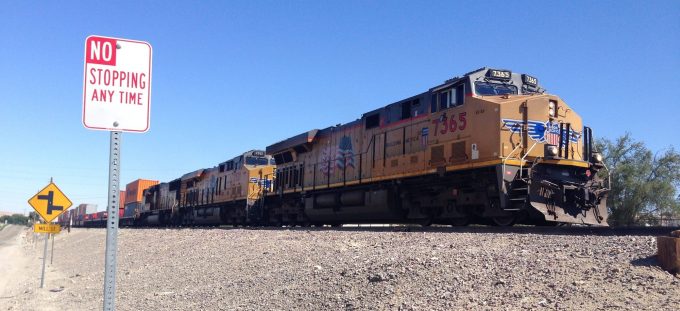Vancouver races to clear logjam as Trump tariff threat hangs over ports
The Canadian port of Vancouver may find itself in a race against the clock. According ...

As peak season US containerised imports arrive at ports, with goods for the prime shopping season, the latest monthly US Port/Rail Ramp Freight Index, from ITS Logistics, shows uncongested flows through the ports and rail system.
The exception is at railheads in ...

Comment on this article